How to grow raspberries from seeds?
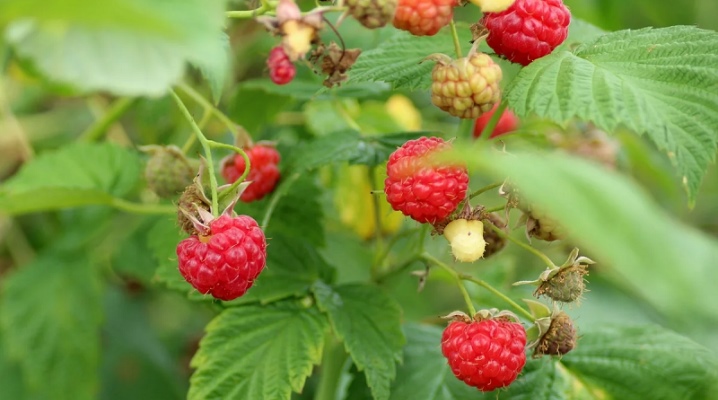
Most often, gardeners grow raspberries by cuttings. But at present, seeds are also used to breed this crop. Today we will talk about how you can grow raspberries from seed, which varieties are suitable for this, when you can plant.
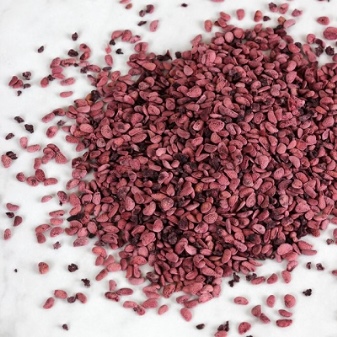

Advantages and disadvantages
The propagation of this culture by seeds has a number of important advantages.
- No need to prepare cuttings. Sometimes it can be quite difficult to find the right strong and healthy parts for the further propagation of the culture.
- You can display a different view. Often, when grown in this way, they form a different, not similar to the mother plant.
- Saving. Harvesting seeds at home can take very little time. In addition, ready-made seeds can be found in almost any specialty store at an affordable price.
But this method of growing raspberries also has a number of significant disadvantages:
- heterogeneous shoots;
- low germination rate (about 50%);

Suitable varieties
Particular attention should be paid to the selection of raspberry varieties. For such a breeding, you can pick up almost any kind, but nevertheless, preference should be given to varieties that differ in large-fruited and long fruiting period. Most often, the following varieties are propagated by seeds.
- "Hercules", "Zyugana". The most common in the southern part and in the middle lane.
- "Bryansk Marvel". The species is widespread in the cold northern regions.
- "Yellow Giant", "Giant". Refers to dessert options.
- "Hussar", "Polana". They are considered the most productive.
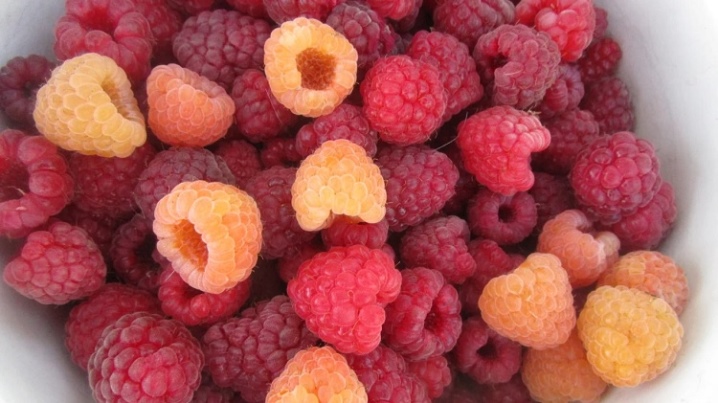
Selection and collection of material
Seeds for future sowing can be collected independently from a selected variety. For this, a strong shrub is selected without damage, from which ripe berries are carefully removed. The prepared material should be free of any defects, harmful organisms. After that, they begin to process the plucked berries. It must be put on the gauze spread in advance, then squeeze out all the juice. The solid remaining mass is placed in a mug with water and washed thoroughly.
After such a procedure, small seeds should float up. They are collected and discarded. The liquid is drained from the container. Small bones will have to remain in it, which will need to be squeezed out, put on a dry paper napkin, dried well in a ventilated room, be sure to protect it from exposure to sunlight. Make sure these bones are not overdried. In their inner part, a minimum amount of water must necessarily remain.
Good quality planting material should be fairly firm and small. The seed will have a round-oval shape. The color of this material is most often white with a slight yellow tint.
When harvesting seed, it is worth remembering that it will not always carry maternal characteristics. In this case, everything will depend on how the flower of the culture from which the berry was cut was pollinated.
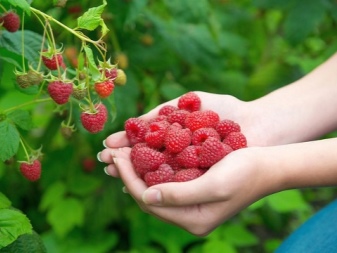

When and how to sow?
Prepared seeds should be sown in spring or fall. In the first case, it is recommended to do this in early March. In the second, the procedure is carried out approximately 2 or 3 weeks before the onset of frost. All manipulations can be performed at home.
It is allowed to plant non-germinated seed material, but nevertheless, pre-treatment will significantly speed up the germination process, as well as increase the chances of a good result. Germination will make it possible to remove all unusable seeds.
- First, the seeds are carefully placed between two gauze layers. In this form, everything is removed in a dry, dark place and stored there for 2 or 3 days. During this period, the fabric will need to be periodically slightly moistened, it should not be dry.
- For such a procedure to be successful, stratification must be carried out. It involves the provision of the most favorable conditions for the preparation of seed components. If you are going to sow in the spring, then the seeds are laid in a nylon or other fabric bag, slightly moistened and sent to the refrigerator.
- In this case, the seed will need to be sorted out periodically. You also need to control so that it does not dry out. The optimal temperature regime for stratification is 1-5 degrees Celsius.
- All seeds are recommended to be treated with special fungicides before germination. This will reduce the chances of the appearance and development of various diseases to a minimum. You can also use special growth stimulants that ensure rapid germination.
- For germination to be successful, you need to carefully consider the choice of a suitable container and substrate. The container should be no more than 15 centimeters deep. You can purchase a plastic seedling pot with drainage holes in advance.
- For these plants, the best option would be a substrate that is saturated with potassium and nitrogen. To prepare the earth, sand, earth and peat are connected in equal proportions to each other. The prepared, thoroughly mixed mixture is carefully laid out in clean dry containers.
- Prepared raspberry seeds are evenly distributed over the surface of the resulting substrate, while they are buried by about 0.5 centimeters. All this is lightly sprinkled with clean sand.
- After that, all containers are covered with polyethylene. Plastic containers with seeds are removed in a bright and dry place. At the same time, they should not be exposed to sunlight.
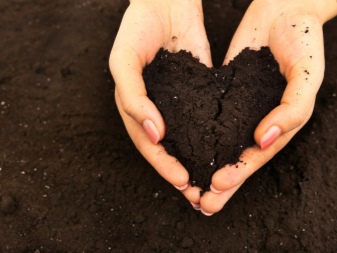
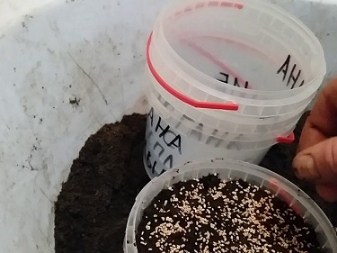
Crops in spring and autumn have their own advantages and disadvantages. So, according to gardeners, when carrying out such a procedure in the fall, it is much easier for young sprouts to get used to the external environment. In addition, the material will not need to be transplanted and harm the fragile roots. But for the autumn sowing, a larger number of seeds will be useful, because some of them will quickly die. Also, with sharp temperature changes, there is a risk of freezing of young shoots.
With spring planting, you can significantly speed up the process of sprouting, at home or in greenhouse conditions there are much more opportunities for proper care of the vegetation.
The material can be sent to open soil after the end of the frost. But at the same time, you will have to store seeds for a long time, maintaining a suitable microclimate. There is also a high likelihood of damage to small roots when transplanted to a permanent site.
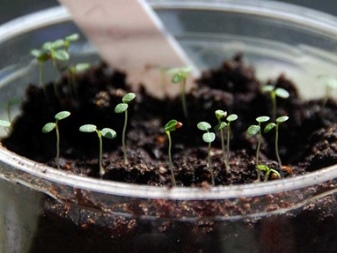
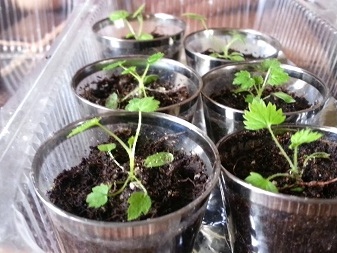
Planting seedlings in a permanent place
Such material, germinated at home, will develop better in the spring period of the year, so the resulting seedlings should be planted before young buds begin to bloom. Typically, this period occurs in April. The land should be as fertile as possible and not very acidic. In this case, the best option would be black soil, light loams, which were previously fed with organic substances. The beds must be selected either penumbra or sunny. But in the first case, the shoots may be too thin.
Young seedlings should be placed at a distance of 70-80 cm from each other. All this is done in a single trench or in separate holes that are dug out in advance.At the same time, coarse clean sand will need to be poured onto the bottom of all seats, it will act as a drainage layer, it is also recommended to pour a small amount of ash and nutritious dressings there.
Compost, peat, and humus can be used as fertilizers. It is better to transplant sprouts together with an earthen clod. After planting the vegetation, the beds must be well moistened. The land between the rows will need to be mulched. Remember that raspberries cannot be planted in those places where this crop has already grown. Indeed, in such a land there can be various pests, as well as pathogens. Sometimes the seedlings are transplanted into greenhouses. This will be the best solution for northern regions with harsh climatic conditions.
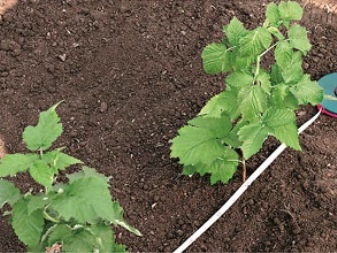
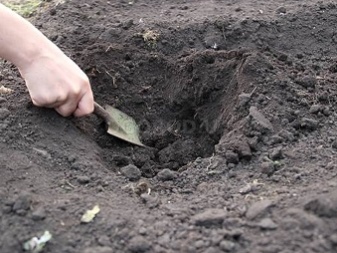
Follow-up care
Remember that after planting young raspberry seedlings in a permanent area, you will need to properly form a bush. It is necessary to thin out such plantings in early summer before flowering. Moreover, it is important to preserve the strongest and most complete root processes. Also, when forming, you need to strive for the distance between the plants to reach at least 15-20 cm.If you planted a remontant variety of raspberries, then pruning the shoots should also be done in the spring season. This will increase the yield of this species. It is recommended to tie the shoots of the culture to a wire or to another support.
If you regularly moisten the beds, as well as apply various organic fertilizers, mineral compositions, then the fruits on the plants will become much larger as a result. In autumn, it is better to add ash to the soil. Do not forget to periodically mulch the area so that there is no need to constantly dig up the soil. In addition, this procedure will allow you to minimize the amount of harmful weed vegetation. For this procedure, straw, sawdust, and dry grass are often used. 10-15 days before the fruits ripen, the bushes can be treated with manure diluted in water in a ratio of 1 to 10. After planting, the bushes will begin to bear fruit for 3 or 4 years.
After 5-6 years, the plants are recommended to be transplanted to another site, because the soil will be greatly depleted during this time. This will lead to a significant reduction in yield, to a decrease in the size of the fruit.
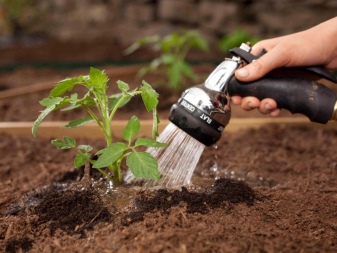
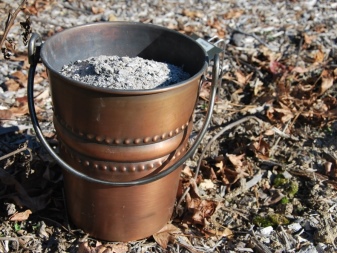










The comment was sent successfully.